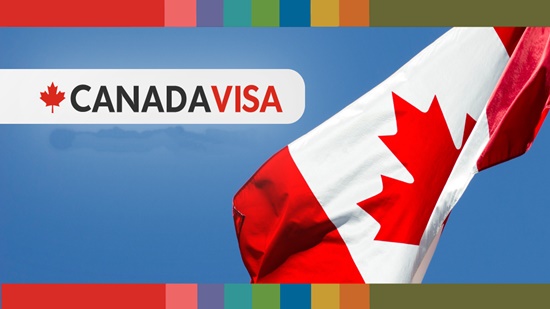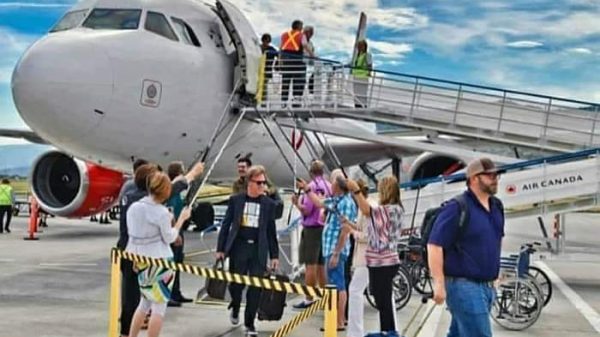SS3 Third Term Economics Past Questions And Answers
Senior Secondary School 3 Third Term Economics Questions with options and answers:
Question: What is the role of the labor market in determining wages?
a) Government intervention
b) Market forces of supply and demand
c) Fixed wage rates
d) Collective bargaining
Answer: b) Market forces of supply and demand
Question: Explain the concept of externalities in economics.
a) Costs or benefits that affect only the producers of a good
b) Unintended side effects of economic activities on third parties
c) Government subsidies for specific industries
d) Predictable changes in demand and supply
Answer: b) Unintended side effects of economic activities on third parties
Question: What is the role of a central bank in controlling money supply?
a) Increasing interest rates
b) Decreasing interest rates
c) Printing more money
d) Reducing taxes
Answer: a) Increasing interest rates
Question: Define the term “monetary policy” and provide an example.
a) Monetary policy involves government spending and taxation; an example is increasing public expenditure.
b) Monetary policy is the use of interest rates and money supply to control inflation; an example is reducing interest rates.
c) Monetary policy refers to international trade agreements; an example is imposing tariffs on imports.
d) Monetary policy is the regulation of prices in the market; an example is implementing price floors.
Answer: b) Monetary policy is the use of interest rates and money supply to control inflation; an example is reducing interest rates.
Question: In the context of production, what does the term “economies of scale” mean?
a) Increasing production costs with larger scale
b) Decreasing production costs with larger scale
c) Fixed production costs
d) Unchanging production efficiency
Answer: b) Decreasing production costs with larger scale
Question: What is the difference between a direct tax and an indirect tax?
a) Direct taxes are paid by consumers, while indirect taxes are paid by producers.
b) Direct taxes are proportional to income, while indirect taxes are fixed.
c) Direct taxes are paid directly to the government, while indirect taxes are collected by intermediaries.
d) Direct taxes are regressive, while indirect taxes are progressive.
Answer: c) Direct taxes are paid directly to the government, while indirect taxes are collected by intermediaries.
Question: Explain the concept of the Phillips Curve in economics.
a) The relationship between inflation and unemployment
b) The impact of government spending on aggregate demand
c) The elasticity of supply in the labor market
d) The relationship between interest rates and investment
Answer: a) The relationship between inflation and unemployment
Question: What is the function of the World Trade Organization (WTO) in resolving trade disputes?
a) Imposing tariffs on countries involved in disputes
b) Facilitating negotiations and providing a platform for dispute resolution
c) Controlling the exchange rates of countries in dispute
d) Intervening in the domestic policies of countries in conflict
Answer: b) Facilitating negotiations and providing a platform for dispute resolution
Question: Define the term “balance of payments” in international trade.
a) The difference between a country’s exports and imports
b) The total value of a country’s goods and services
c) The flow of money between a country and its trading partners
d) The government’s budgetary balance
Answer: c) The flow of money between a country and its trading partners
Question: How does technology impact economic growth?
a) It hinders productivity and innovation
b) It increases costs of production
c) It fosters productivity, innovation, and efficiency
d) It leads to economic stagnation
Answer: c) It fosters productivity, innovation, and efficiency
Question: What is the role of human capital in economic development?
a) Increasing interest rates
b) Enhancing the skills and knowledge of the workforce
c) Reducing taxes
d) Controlling inflation
Answer: b) Enhancing the skills and knowledge of the workforce
Question: Define the term “fiscal policy” and provide an example.
a) Fiscal policy is the use of interest rates and money supply to control inflation; an example is reducing interest rates.
b) Fiscal policy involves government spending and taxation; an example is increasing public expenditure.
c) Fiscal policy refers to international trade agreements; an example is imposing tariffs on imports.
d) Fiscal policy is the regulation of prices in the market; an example is implementing price ceilings.
Answer: b) Fiscal policy involves government spending and taxation; an example is increasing public expenditure.
Question: How does inflation impact purchasing power?
a) Increases purchasing power
b) Decreases purchasing power
c) Has no impact on purchasing power
d) Stabilizes purchasing power
Answer: b) Decreases purchasing power
Question: What is the role of entrepreneurship in economic development?
a) It increases government control
b) It hinders innovation
c) It fosters job creation and innovation
d) It leads to economic stagnation
Answer: c) It fosters job creation and innovation
Question: Explain the concept of market failure in economics.
a) A situation where markets allocate resources efficiently
b) When government intervention improves market outcomes
c) When markets do not allocate resources efficiently
d) A situation where competition prevails in the market
Answer: c) When markets do not allocate resources efficiently
Question: What is the significance of the Gini coefficient in measuring income inequality?
a) It measures the average income in a country
b) It indicates the distribution of wealth within a population
c) It measures the unemployment rate
d) It reflects the level of inflation in an economy
Answer: b) It indicates the distribution of wealth within a population
Question: Define the term “opportunity cost” and provide an example.
a) Opportunity cost is the explicit cost of making a decision; an example is the cost of raw materials.
b) Opportunity cost is the highest-valued alternative forgone; an example is choosing to study instead of working.
c) Opportunity cost is the total cost of production; an example is fixed and variable costs.
d) Opportunity cost is the cost incurred in a barter transaction; an example is exchanging goods for services.
Answer: b) Opportunity cost is the highest-valued alternative forgone; an example is choosing to study instead of working.




